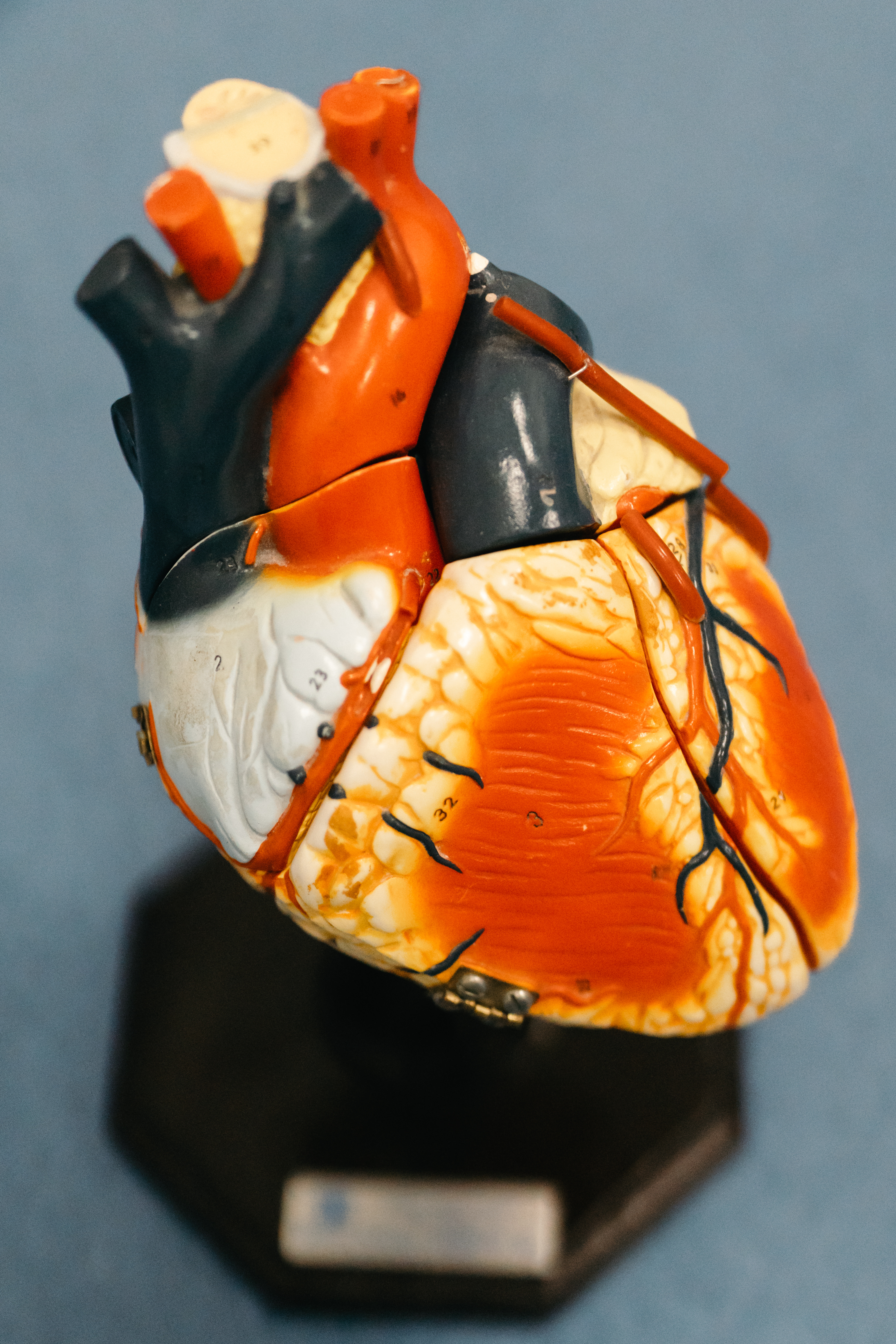Prevention
Cardiovascular disease remains the main cause of death and the main reason for hospitalisation in Belgium.
Find out below what you can do yourself to keep your heart healthy.
The heart
The heart
In order to gain a better understanding of the various heart diseases, it is important to outline the anatomy and function of the heart. Our heart is responsible for pumping oxygen and nutrients to all organs and parts of the body. Proper functioning of the heart depends on several factors:
Click on the plus signs below to find out more.
The arteries that go to the heart (coronary arteries) must be able to transport sufficient blood with oxygen and building materials to the heart. With the constriction (narrowing) of the coronary arteries, also called coronary heart disease, the heart gets too little oxygen and will function poorly or not at all.
In order to pump the blood around efficiently, the different parts of the heart must contract in the correct order. In this way, blood can be pumped from the anterior chamber (atrium) to the chamber (ventricle).
Under the impulse of electrical signals, the heart muscle is stimulated to contract or perform a pumping movement. The electrical stimuli originate in the sinoatrial node and follow a specific path in the heart through the conductive tissue to the heart muscle.
Problems with the pumping movement can manifest themselves in heart failure. A defect in the electrical control can manifest itself in arrhythmia.
Blood circulation from the atrium to the ventricle is only good when the heart valves work properly. These are located between the atrium and the ventricle and prevent the blood from flowing back when the heart relaxes. Malfunctioning valves result in valve slipping.
Risk factors
Risk factorsCalcification of the arteries can lead to a heart attack, stroke or other vascular complications. These are disorders or lifestyle habits that result in an increased risk of arteriosclerosis.
The classic risk factors are:
| high blood pressure (hypertension) | too little exercise |
| high cholesterol | being overweight |
| diabetes | excessive consumption of alcoholic beverages |
| smoking | unhealthy food |
| stress |
These risk factors can be influenced by lifestyle changes and, if necessary, medication.
You have less impact on other risk factors, such as:
- age (the older, the higher the risk)
- gender (men have a higher risk than women)
- genetic predisposition
Do you recognise these risk factors?
Report them to your GP or specialist for additional advice on more targeted prevention measures. For example, dietary recommendations for diabetes differ from those for high cholesterol or obesity. Where necessary, appropriate medication can be prescribed.
What can you do?
What can you do?
Although additional conditions due to calcification can be fatal, significantly fewer people die from this now than 20-30 years ago. This decrease can largely be explained by preventive measures. People live differently, especially when it comes to smoking and eating behaviour. Other factors that contribute to this are a faster and better diagnosis and treatment of this disorder.
Primary and secondary prevention
- Primary prevention: these are measures to prevent cardiovascular disease in healthy individuals. For healthy people (who have no known cardiovascular disease) we can make an estimate of the risk of cardiovascular disease based on gender, age, blood pressure and cholesterol values. The value obtained reflects your risk of cardiovascular disease over the next ten years.
- Secondary prevention: the set of preventative measures in patients with cardiovascular diseases. They often require treatment with medication.
Measures?
- Not smoking or help with stopping with smoking
- Healthy nutrition
- Avoiding obesity and guidance by a dietitian, if necessary
- Sufficient exercise
Only available in Dutch:

Gezonde voeding ter preventie van hart- en vaatziekten
Download

